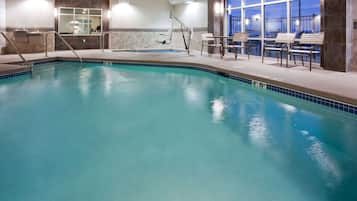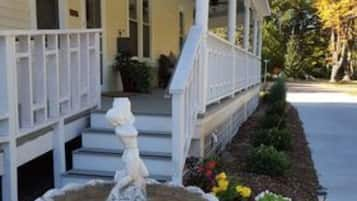Hoteles con spa en Waupun
- No te preocupes si cambias de ideaReserva hoteles con cancelación gratuita.
- Escoge lo que tú quierasBusca entre más de un millón de alojamientos de todo el mundo.
Hoteles con spa en Waupun: consulta la disponibilidad
Esta noche
Mañana
Este fin de semana
Próximo fin de semana
Hoteles con spa en Waupun

AmericInn by Wyndham Waupun
Waupun
9.0 sobre 10, Impresionante, (472)
El precio actual es de 78 €
incluye tasas e impuestos
Del 30 nov al 1 dic

Greenway House Bed & Breakfast
Green Lake
9.6 sobre 10, Excepcional, (34)
Precio más bajo por noche encontrado en las últimas 24 horas para una estancia de 1 noche y 2 adultos. Los precios y la disponibilidad están sujetos a cambios. Pueden aplicarse términos y condiciones adicionales.






